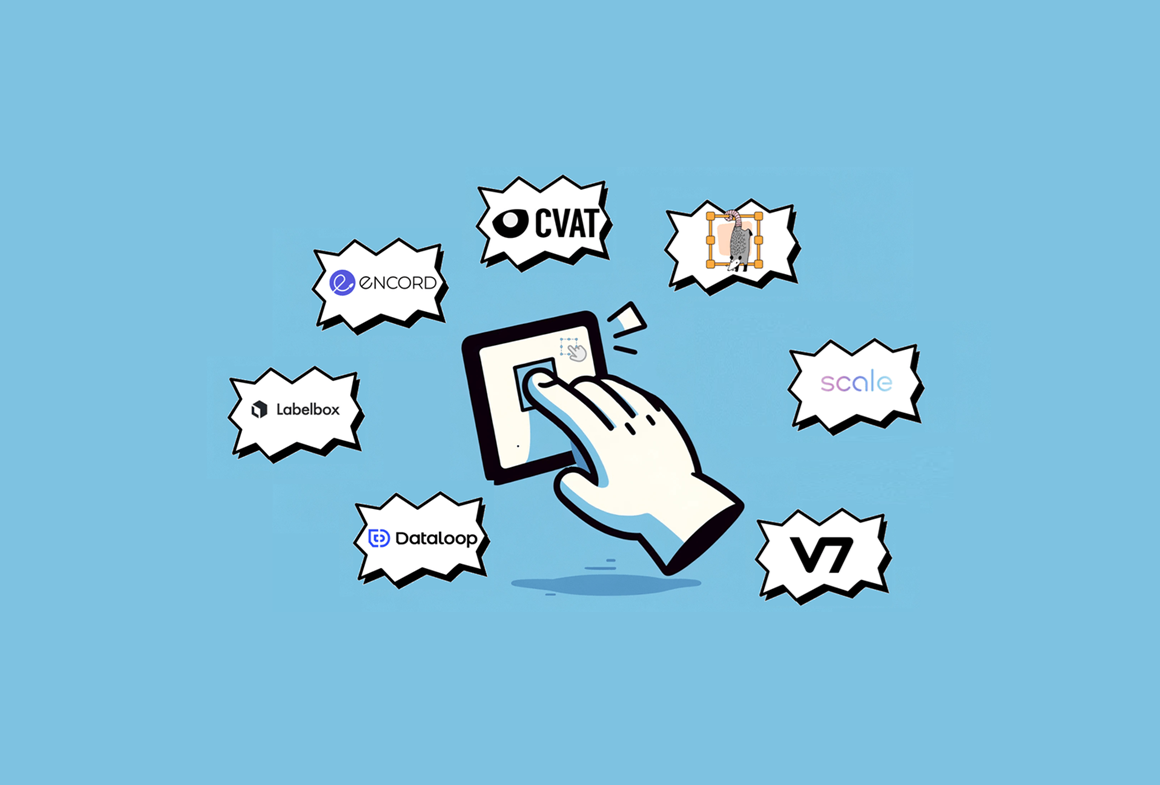LLM agent: the innovation that redefines man-machine interaction

Artificial intelligence (AI) continues to progress, and among the most remarkable advances are Large Language Model agents (LLMs). These intelligent tools, powered by large-scale language models, are redefining the way humans interact with machines. Generative AI is of course a technology used by these LLM agents, and enables the creation of sophisticated multi-agent systems. Unlike traditional systems, LLM agents have a sophisticated ability to understand and generate natural language. They adapt to a variety of contexts and, more importantly, are able to interact with a software environment.
This innovation promises a wide range of applications, from automating services to personalizing the user experience. It marks a milestone in the evolution of interactive technology... and in the adoption of AI!
What is an LLM agent?
Un agent LLM, ou agent basé sur un Large Language Model (modèle de langage de grande envergure), est une entité informatique avancée qui utilise des techniques d’intelligence artificielle (IA) pour comprendre, générer et interagir avec le langage humain de manière sophistiquée. Les frameworks open-source comme LangChain facilitent le développement de ces agents en orchestrant des opérations, en récupérant des informations et en intégrant divers services. Ces agents sont construits sur des architectures de modèles de langage, tels que GPT-3 ou GPT-4 de OpenAI, qui sont entraînés sur de vastes ensembles de données textuelles provenant de diverses sources.

How does an LLM agent work, and what is its relationship with artificial intelligence?
An LLM agent combines a deep understanding of natural language with advanced text generation capabilities, delivering a much smoother and more natural human-machine interaction. Thanks to these capabilities, LLM agents are transforming a variety of fields, from customer service to academic research to content creation. Below, we explain (in layman's terms) how an LLM agent works:
AI training
LLM agents are trained using large quantities of text as instructions, enabling them to understand grammatical structures, semantic contexts and linguistic nuances. This training process, often referred to as supervised learning, involves exposing the model to huge text databases to predict the next words in a sentence. The more the model is exposed to diversified data, the better it becomes at understanding and generating text.
Natural Language Understanding (NLU)
Grâce à l'entraînement, les agents LLM développent une capacité impressionnante à comprendre le langage naturel. Ils peuvent interpréter les intentions derrière les phrases et les actions des utilisateurs, comprendre les contextes et les références, et répondre de manière cohérente. Cette capacité est essentielle pour des applications telles que les chatbots, les assistants virtuels et les systèmes de réponse automatisée.
Natural Language Generation (NLG)
In addition to comprehension, LLM agents are used to generate text. They can produce text responses that mimic human language patterns, creating more natural and engaging interactions. This generation can range from a simple answer to a question to the creation of complex content such as articles or summaries.
Contextual adaptation
LLM agents are able to adapt to the context of a conversation. They can maintain consistency over several exchanges, follow the thread of a discussion and adjust their responses according to the information previously provided. This contextual adaptation considerably enhances the interactivity and usefulness of agents in dynamic scenarios.
Use of memory mechanisms
To improve the relevance and accuracy of responses, some LLM agents incorporate memory mechanisms, enabling them to remember information throughout an interaction. These mechanisms enable agents to provide more personalized and relevant responses, taking into account previous interactions.
What is the underlying architecture of LLM agents?
LLM agents can be considered as"sleeper" technologies, initially unnoticeable to the user, but having a significant impact over the long term. Their underlying architecture is based on advanced concepts of natural language processing and deep neural networks, including :
Transformers
Les modèles de langage de grande envergure sont majoritairement basés sur l'architecture Transformer, introduite par Vaswani et al. en 2017. Les Transformers ont révolutionné le traitement du langage naturel (NLP) grâce à leur capacité à gérer des dépendances à longue distance dans les données textuelles.
- Encoder-Decoder: The classic Transformer architecture consists of two main parts: the encoder and the decoder. However, in many LLMs, such as GPT-3 or GPT-4, only the decoder is used for text generation.
- Self-attention: The attention mechanism enables the model to weigh the importance of each word in a sentence against the other words.Self-attention makes it possible to process all the words in a sentence simultaneously, capturing the relationships between them efficiently.
Key Transformers components
The Transformer architecture consists of several layers of these key components:
- Multi-headed attention layers: These layers enable the model to focus on different parts of the sentence in parallel, improving the capture of complex word relationships.
- Feed-Forward Layers: After the attention calculation, the results are passed through feed-forward neural networks for further non-linear processing.
- Normalization and dropout: Techniques such as layernormalization and dropout are used to stabilize and regularize model training, reducing the risk of overlearning.
LLM training
LLMs are trained on large corpora of textual data using distributed computing techniques on GPU/TPU clusters to manage complexity and model size.
- Supervised learning: Models are initially trained using word prediction objectives, where the model learns to predict the next word in a given sequence.
- Fine-tuning: After pre-training, models can be fine-tuned on specific tasks with smaller, specialized datasets to improve their performance on these tasks.
Technical specifications
LLM agents incorporate several technical features to optimize their performance and efficiency:
- Embeddings: Words and phrases are converted into digital vectors(embeddings) that capture their meaning and contextual relationships.
- Positional Encoding: To help the model understand the order of words in a sequence, positional encodings are added to embeddings.
What are the areas of application for LLM agents?
In many sectors, the integration of LLM agents into the software development cycle enables teams to gain in efficiency and focus on more strategic and creative tasks. Their ability to understand and generate natural language makes them incredibly versatile and valuable in a variety of applications, including :
- Customer service and technical support: Setting up an LLM agent automates customer interactions, offering 24/7 support with fast, relevant responses. They can handle frequently asked questions, resolve simple technical issues and even escalate complex requests to human agents when necessary.
- Content creation: LLMs can generate articles, blog posts, reports and summaries automatically. They can also assist writers by providing sentence suggestions, checking grammar and reformulating texts to improve clarity and coherence.
- Machine translation: LLM agents play an important role in machine translation systems, providing more accurate and contextually appropriate translations. They can handle multiple languages and continuously improve their accuracy by learning from multilingual corpora.
- Education and training: In the field of education, LLM agents can act as virtual tutors, helping students to understand complex concepts, practice foreign languages and receive instant answers to their questions. They can also generate quizzes and exercises adapted to the student's level.
- Research and analysis: Researchers use LLMs to analyze large quantities of scientific texts, summarize research articles, and even assist in the writing of manuscripts. Agents can extract relevant information and offer synthetic summaries, speeding up the research process.
- Social media and marketing: In digital marketing, LLM agents are used to create engaging content for social media, write ads and personalize communications with customers. They also help analyze consumer trends, actions and sentiments in real time.
- Recommendation systems: LLM agents can enhance recommendation systems by providing personalized suggestions based on user preferences and behavior. This includes recommendations for products, movies, music and even educational content.
- Health and medicine: In the healthcare sector, LLM agents help to analyze medical records, generate consultation summaries, and provide medical advice based on standardized protocols. They can also assist healthcare professionals by automating certain administrative tasks.
- Finance and banking: LLM agents are used to automate banking and financial services, such as managing accounts, responding to customer queries, and providing personalized financial advice. They can also help detect fraud by analyzing suspicious transactions.
- Video games and entertainment: In video games, LLM agents can be used to create more interactive and realistic non-player characters (NPCs), capable of holding natural conversations with players. They can also generate game scenarios and dynamic dialogues.
- Law & Legal: LLM agents support legal professionals by analyzing legal documents, generating case summaries, and assisting with legal research. They can automate repetitive administrative tasks and provide advice based on legal texts.
Conclusion
LLM agents represent a major advance in the field of artificial intelligence (AI), redefining human-machine interaction thanks to their sophisticated ability to understand and generate natural language. Their architecture, based on large-scale language models and deep neural networks, enables unprecedented contextual adaptation and flexibility.
From content creation and technical support to machine translation and education, the applications of LLM agents are vast and varied, touching almost every aspect of our daily lives and work. Transforming key sectors such as customer service, healthcare, finance and many others, LLM agents not only automate repetitive tasks, but also add significant value by improving the efficiency and personalization of services.
Cependant, malgré leurs nombreux avantages, il faut tout de même considérer les défis éthiques et techniques associés à leur utilisation, notamment en matière de confidentialité des données et de biais algorithmiques. Alors que la recherche et le développement continuent d'améliorer ces technologies, les agents LLM sont bien positionnés pour jouer un rôle central dans l'avenir de l'intelligence artificielle (IA).
By fully exploiting the potential of LLM agents, we can look forward to increasingly natural and intuitive human-machine interaction!





